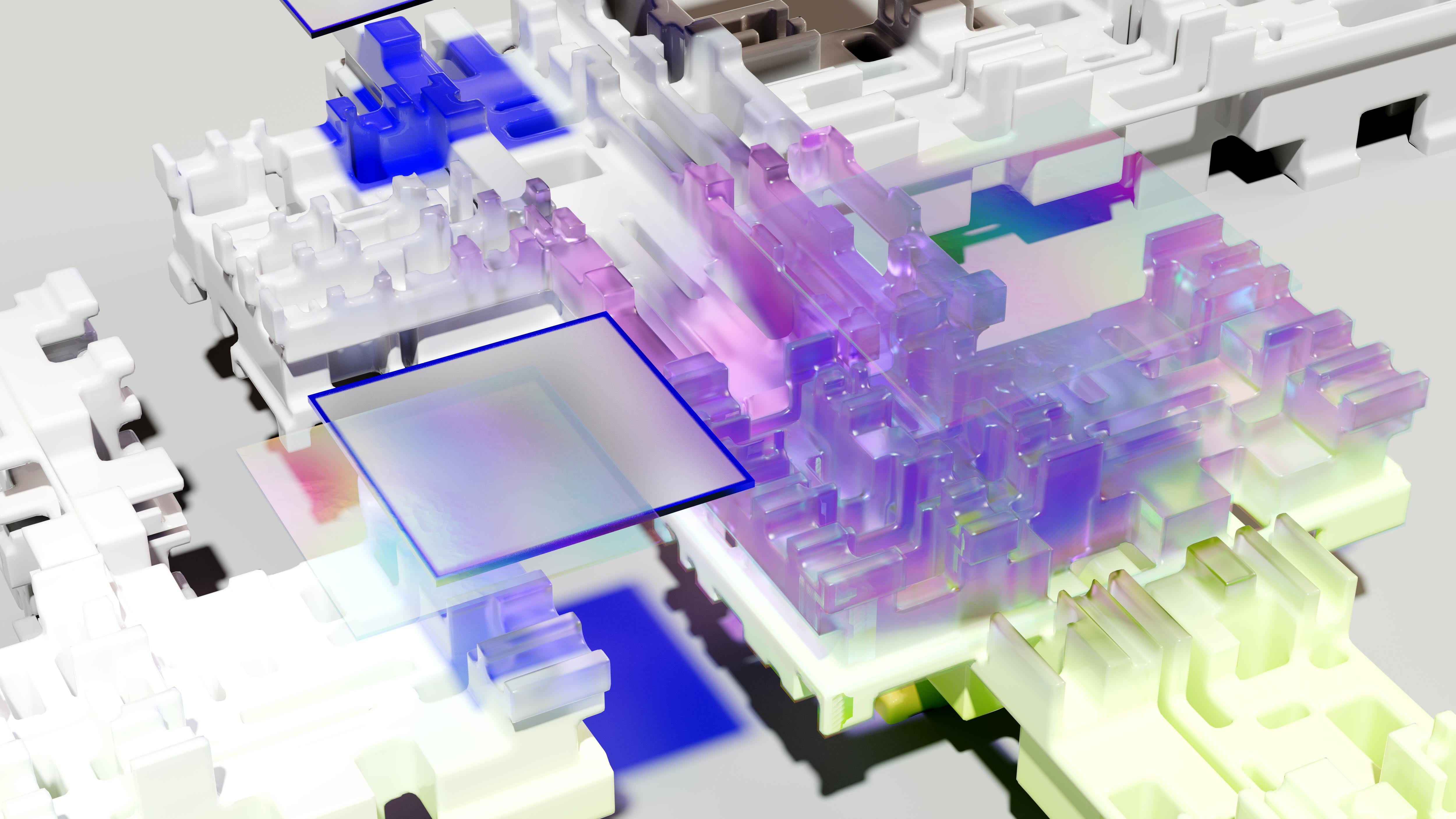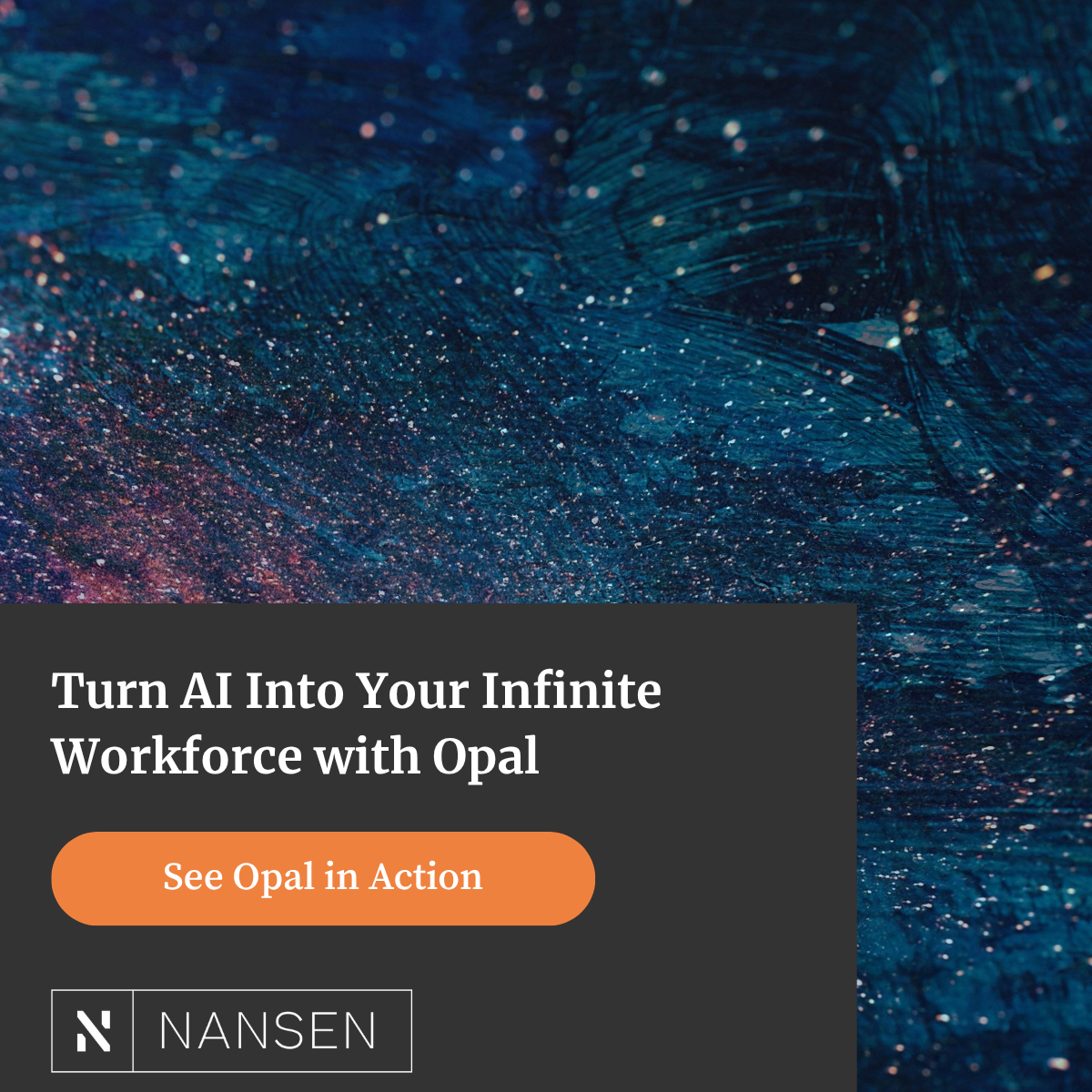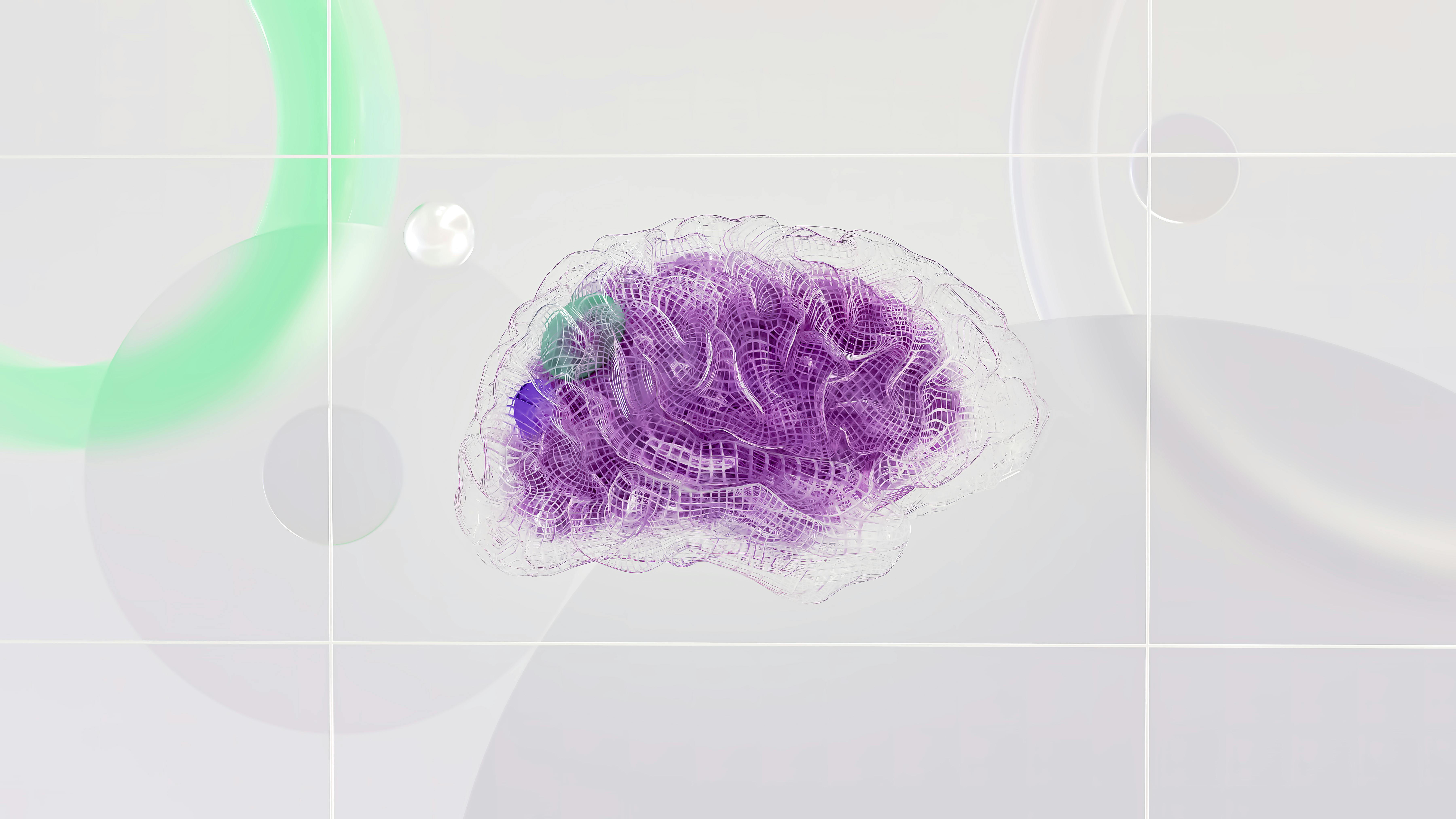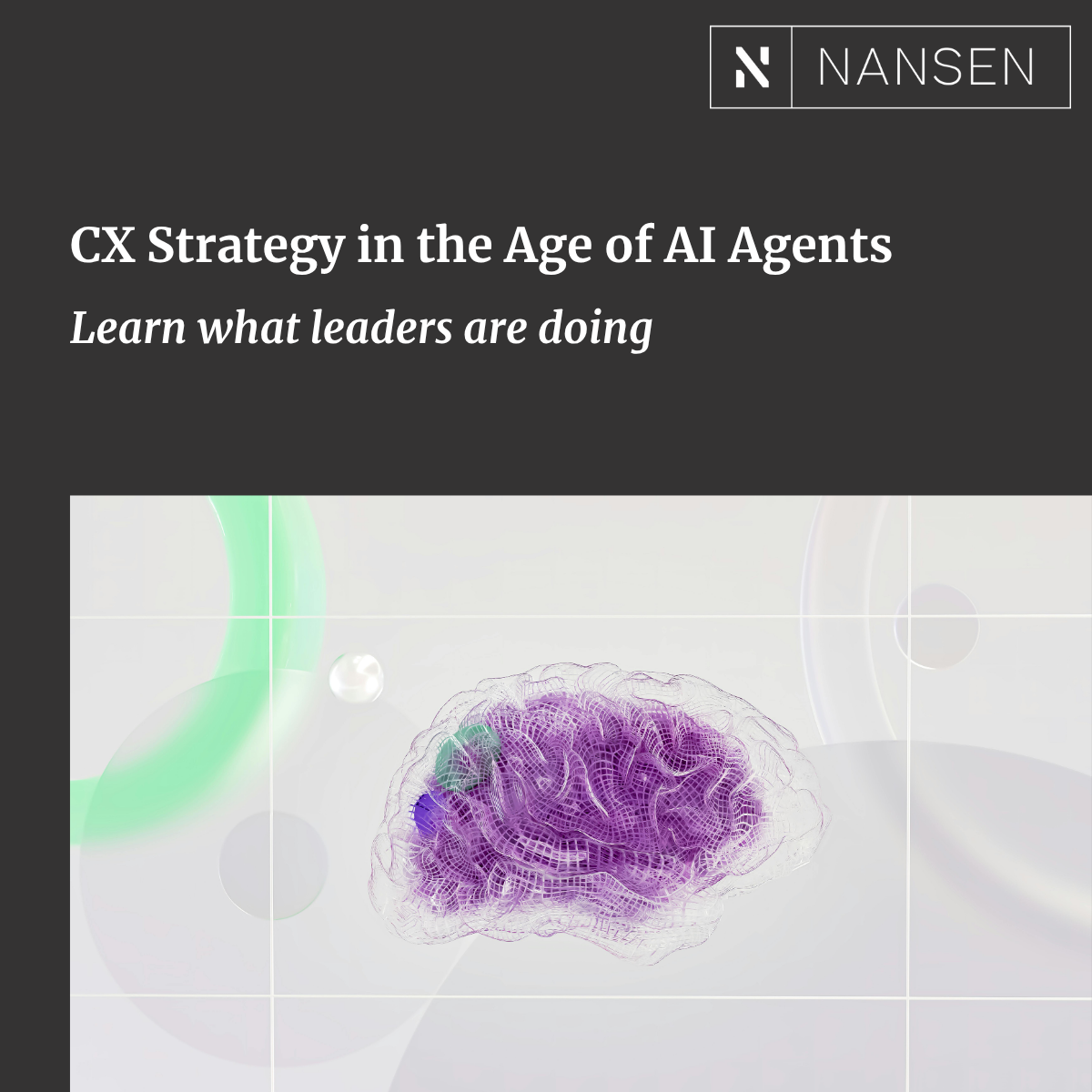In my previous post, we covered the first step on our journey to avoiding personalization paralysis which was to segment our users. Coming out of step one we may have a big list of personas and our goal is to create a personalized experience for each of them. Some questions we may have is which persona should we look to focus on first? Which personas are going to provide us with the highest return?
Prioritize your targets
For this, we have created our Personalization Prioritization Framework, (that's a mouthful so we'll just go with "PPF" for short).
Setting up a room to carry out a PPF exercise

What you'll need:
- A meeting room with wall space
- Printouts of all of your personas (see creating data-driven personas in [step 1])
- Print out of the PPF template
- Post-it notes and pens
- An impact measure (we'll get to this later)
How to run the exercise
To perform this exercise first you'll need a meeting room with wall space. If you can, take all the tables and chairs out of the meeting room in order to set the tone for the rest of the group.
Print out your personas and hang them up on one side of the room. Next, print out the PPF and hang this up on a separate wall.
Last we need to pick an Impact measure - Our Impact measure is the Key Performance Indicator to help us decide which personas are going to provide us the most value. For this example, we are going to pick revenue.
Ok, now we're ready to run the exercise.
Let's take a look at the PPF canvas that you have hung up on the wall.

The canvas is split into 2 steps.
PPF - Step 1
Step one is to go through each persona and find the personas that have the largest segmentation group, and the need for personalization. Depending on the number of people you can either split into groups of 2 or 3 and split the personas for each group.
Let's walk through an example:

First, we'll write the persona name onto the post-it note and using the data we have ascertained.
The Y-axis refers to segmentation size - In the above illustration, we can see Tommy Fury down in the bottom right-hand side of the image. Tommy's personas represent a group of customers who are repeat purchasers, and he spends about $1,000 on dog food a month. This is a huge spend per month from this persona compared to some of our other personas which is fantastic, however, Tommy represents a small segmentation group.
The X-axis refers to the need for personalization - This is whether we need to personalize for this group? For example, Paul Simons Persona is in the Baby Boomer generation, he's not online, is a creature of habit, and sticks to her routine of buying a bag a week from us and has been doing so for the last 35 years. It's unlikely that we are going to be able to change their route, and so we rate their need for personalization as low.
Our goal in step 1 is to narrow down the list of personas and find a set that will be our initial target which are personas that fall within the top right quadrant (the green square).
PPF - Step 2
We'll take all the post-its that we have in our target area in step one, and, find are the personas that are going to give us the biggest impact for the least amount of effort. Our impact is defined as our impact measure that we defined at the start of the session (which in this example is revenue).

In this example above we can see that while the Paige Brooks persona has the largest segment, the impact of the return is actually going to be higher with the Janet Michell persona who while having a smaller segmentation size, spends more on pet food than Paige. The effort required to personalize content for Paige is also higher which also has an effect on our return.
Step 2 summary
- Utilize the PPF - Utilize the PPF to build a road map of which personas to focus on first
- Define an Impact measure - Our impact measure is our KPI that is ultimately going to define what provides value.
- Build your roadmap - We want to find personas with the largest segment and the biggest need for personalization, and, that provides the biggest impact for the minimum amount of effort.
We're cooking on gas! Let's head to the next step!
Now that we have our persona roadmap, it's time to Engage with our target personas and measure our process.












